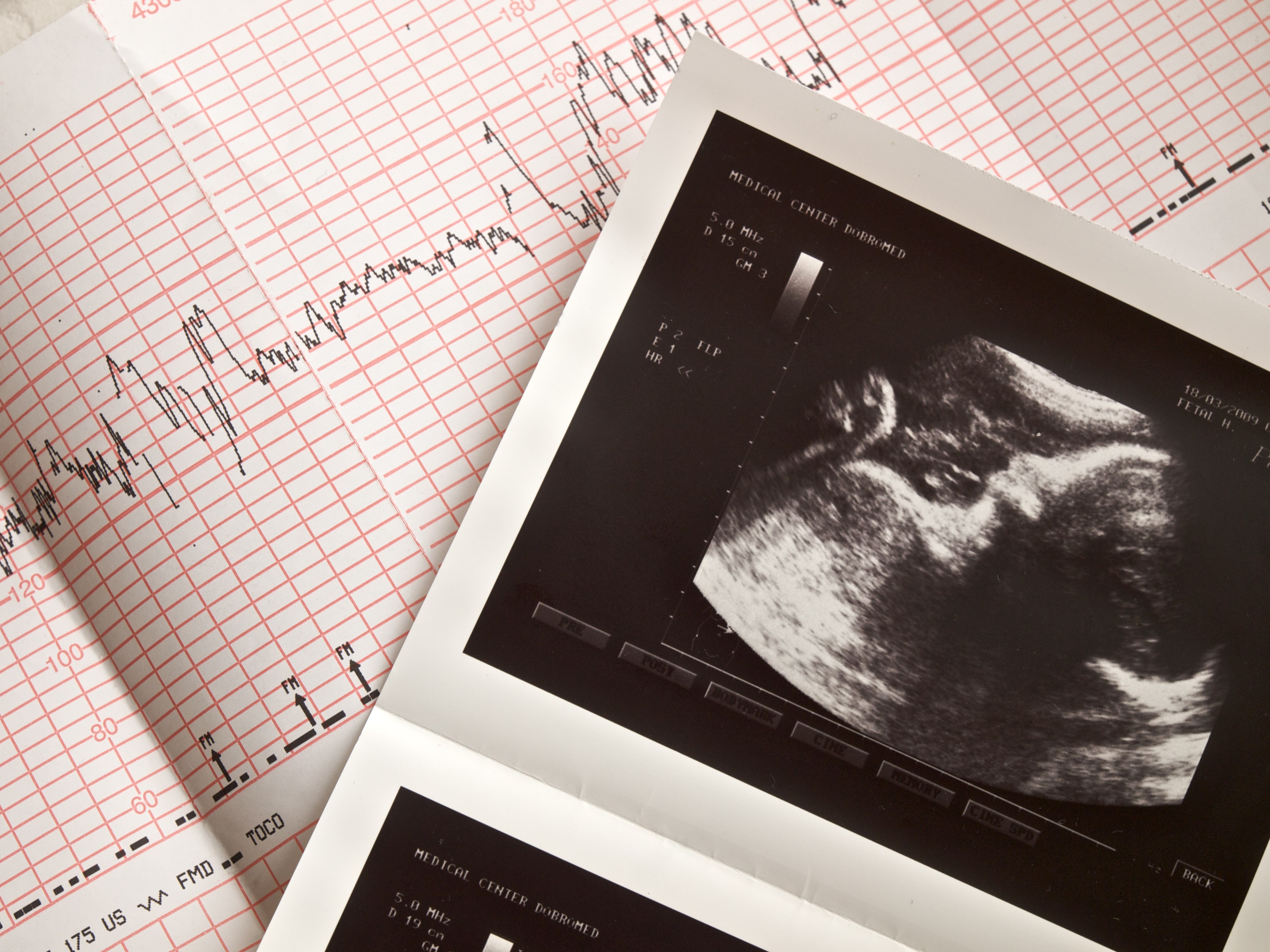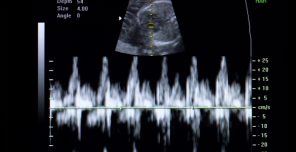Non-Invasive Acquisition and Monitoring of Fetal Electrocardiogram Signals
Comprehensive Solution of Fetal ECG Monitoring Exploiting Multiple Sensors and Compatible with Standard ECG Devices

We have developed a novel technology for extracting the Fetal Electrocardiogram (ECG) signals from the abdominal ECG recordings of the pregnant mother by exploiting the similarities between the ECG signals recorded using multiple sensors. This approach leads to a more effective and efficient acquisition of the fetal ECG signals. We have also developed a novel methodology of inferring a single best Fetal ECG signal from the data acquired using individual sensors.
The proposed technology provides a comprehensive solution for accurate recovery of the fetal ECG signals. The proposed scheme can prove to be a valuable tool in the monitoring of the fetal cardiac activity, enhancing access to critical insights while utilizing standard non-invasive ECG acquisition methodologies.
Technology Summary
Electrocardiogram (ECG) signals can be vital tools in assessing the cardiac health of the developing fetus during the pregnancy. Our technology can connect to standard ECG equipment used for acquiring ECG data and collect data from a pregnant woman’s chest and abdomen. This data will be collectively processed through our device. Our algorithms enable extracting the fetal ECG information from these collective ECG signals. The extracted fetal ECG can then be displayed on a connected monitor. Further functionalities that can be added to the system, including an alarming system based on detection of critical event in fetal ECG data.
How It Works
The fetal ECG signal needs to be extracted from the ECG signals recorded with the electrodes (or sensors) placed at the mother’s abdomen. Recordings from these abdominal sensors comprise mainly of the maternal ECG and the fetal ECG, both superimposed on each other. The fetal ECG component is much smaller in magnitude compared to the maternal ECG part. The recorded signals are also affected by distortions and noise from other sources. Eliminating the mother’s ECG signal from these abdominal recording and extracting the fetus ECG component in the presence of noise is a challenging problem. The availability of ECG data from multiple electrodes provides an opportunity to leverage the information from the chest and abdominal sensors in a collaborative manner.
Why It Is Better
Currently there is no standard and robust equipment available for monitoring of the fetal ECG signals through non-invasive means and fetal ECG information is rarely available. The availability of fetal ECG information through our proposed scheme will enable availability of this information through non-invasive means and provide critical information for assessing the cardiac health of the developing fetus in both early and later stages of pregnancy. Our approach also enables automated inferring of a single fetal ECG signal from the multiple observations available from different electrodes at the abdomen.
The technology provides the complete electrocardiogram signals of the fetus and information of the heart rate. The technology can also be used as a wearable device.
IP Protection
KAUST has a patent pending for this technology.
Invention Track Code
2017-037

Advantages
- Fetal ECG monitoring during early and late stages of pregnancies in hospitals
- Home-care solution for continuous fetal ECG and health monitoring
- Continuous monitoring of fetal heart-rate information
- Early detection of arrhythmias and cardiac development disorder in fetuses

Potential Applications
- Comprehensive solution for the non-invasive monitoring of fetal ECG signals
- Eliminates effects of maternal ECG signal interferences in fetal ECG data
- Exploits data from multiple sensors for robust performance against noise
- Robustness against sensor positioning errors
- Compatible with standard ECG acquisition devices
